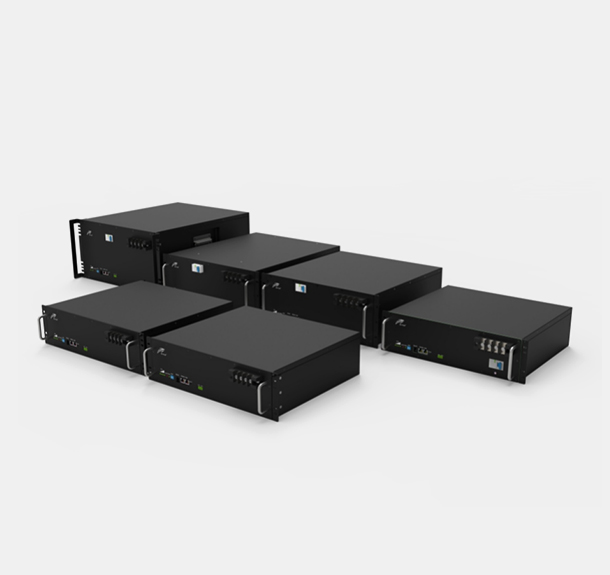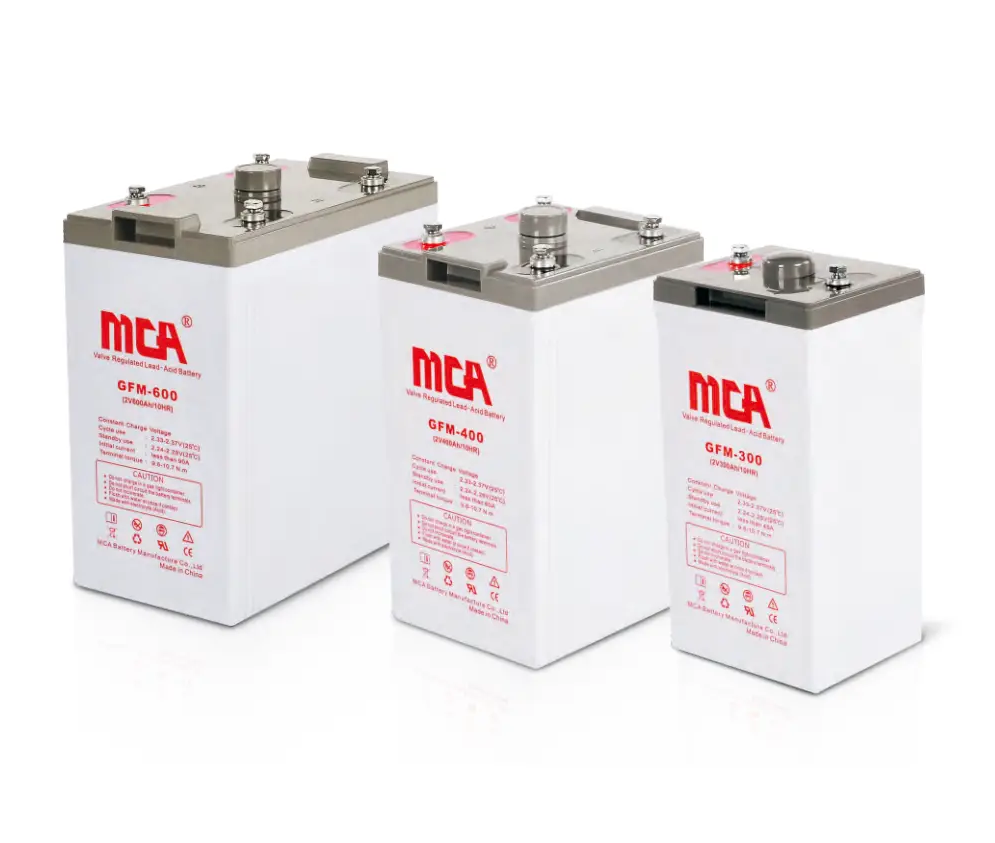04
2025
-
08
The Future of Energy: Rack Mounted Lithium Batteries Explained
The Future of Energy: Rack Mounted Lithium Batteries Explained
Table of Contents
- 1. Introduction to Lithium Batteries
- 2. What are Rack Mounted Lithium Batteries?
- 3. Benefits of Rack Mounted Lithium Batteries
- 4. Applications of Rack Mounted Lithium Batteries
- 5. Future Trends in Rack Mounted Lithium Batteries
- 6. How to Choose the Right Rack Mounted Lithium Battery
- 7. Safety Considerations for Rack Mounted Lithium Batteries
- 8. Frequently Asked Questions
- 9. Conclusion
1. Introduction to Lithium Batteries
Lithium batteries have emerged as a cornerstone of modern energy solutions. With their high energy density, lightweight properties, and extended lifespans, these batteries are poised to revolutionize the way we understand energy storage. As the world shifts toward renewable energy sources, the demand for efficient and reliable energy storage systems has skyrocketed. Rack-mounted lithium batteries represent a significant evolution in this field, providing scalable and flexible options for various applications.
2. What are Rack Mounted Lithium Batteries?
Rack-mounted lithium batteries are energy storage systems specifically designed for installation in standard server racks. This modular approach allows for easy integration into existing infrastructure while maximizing the use of space. Typically found in data centers, telecom facilities, renewable energy systems, and even residential setups, these batteries can be configured to meet specific energy demands.
The modularity of rack-mounted batteries means they can be expanded or reduced based on changing energy needs. This flexibility is crucial in a world where energy consumption patterns are increasingly dynamic.
2.1 Technical Specifications
Rack-mounted lithium batteries come with various technical specifications. Here are some crucial elements to consider:
- **Voltage Ratings**: Common configurations include 48V, 120V, and higher, depending on the application.
- **Capacity**: Ranges typically from a few kilowatt-hours (kWh) to several hundred kWh, allowing for scalable energy solutions.
- **Cycle Life**: High-quality lithium batteries can endure thousands of charge-discharge cycles, making them more cost-effective in the long run.
- **Charging Speed**: Rapid charging capabilities enable these systems to be ready for use in less time compared to traditional batteries.
3. Benefits of Rack Mounted Lithium Batteries
The advantages of rack-mounted lithium batteries are numerous, making them an attractive option for energy storage.
3.1 High Energy Density
Lithium batteries offer a superior energy density compared to other types, like lead-acid batteries. This means they store more energy in a smaller footprint, allowing for more compact installations.
3.2 Longer Lifespan
With a lifespan typically exceeding 10 years, rack-mounted lithium batteries reduce the need for frequent replacements, translating to lower long-term costs.
3.3 Enhanced Safety Features
Modern lithium batteries incorporate advanced safety mechanisms to mitigate risks such as thermal runaway. Features like temperature management systems and battery management systems (BMS) ensure safe operation.
3.4 Scalability and Flexibility
The modular nature of rack-mounted systems allows for easy scalability. Users can add or remove batteries as their energy needs change, ensuring optimal efficiency.
3.5 Environmental Benefits
Lithium-ion batteries are more environmentally friendly than traditional lead-acid batteries. They have a smaller carbon footprint and are often recyclable, contributing to sustainable energy practices.
4. Applications of Rack Mounted Lithium Batteries
The versatility of rack-mounted lithium batteries opens the door to numerous applications across various sectors.
4.1 Data Centers
In data centers, uninterrupted power supply (UPS) is crucial. Rack-mounted lithium batteries provide reliable backup power, ensuring data integrity and operational continuity.
4.2 Telecommunications
Telecom companies utilize these batteries to maintain network reliability. With increasing demand for constant connectivity, having a robust backup power system is essential.
4.3 Renewable Energy Storage
As solar and wind energy become more prevalent, the need for effective energy storage systems grows. Rack-mounted lithium batteries can store excess energy generated during peak production for use during low production periods.
4.4 Electric Vehicles (EVs)
In the EV sector, rack-mounted lithium batteries are becoming popular for charging stations, enabling faster and more efficient charging solutions.
4.5 Residential Solar Energy Systems
Homeowners looking to maximize their solar investments can benefit from installing rack-mounted lithium batteries, allowing them to store energy for use at night or during outages.
5. Future Trends in Rack Mounted Lithium Batteries
The landscape of energy storage is continually evolving. Here are some anticipated trends that could shape the future of rack-mounted lithium batteries:
5.1 Advancements in Battery Technology
Ongoing research into new lithium chemistries and battery architectures promises to enhance performance, efficiency, and lifespan.
5.2 Integration with Smart Grids
As smart grid technology advances, rack-mounted lithium batteries will increasingly play a role in energy distribution, enabling real-time energy management and optimization.
5.3 Cost Reductions
As production scales and technology improves, the cost of lithium batteries is expected to decrease, making them accessible to a broader audience.
5.4 Enhanced Recycling Technologies
Investments in recycling technologies will contribute to the sustainability of lithium batteries, ensuring that valuable materials are recovered and reused.
6. How to Choose the Right Rack Mounted Lithium Battery
Selecting the appropriate rack-mounted lithium battery involves several considerations:
6.1 Assess Your Energy Needs
Understanding your energy consumption patterns is crucial. Calculate your daily energy requirements and peak load demands to determine the necessary battery capacity.
6.2 Consider the Installation Space
Ensure that you have sufficient space for the battery system and that it can be integrated into your existing infrastructure without complications.
6.3 Evaluate Safety Features
Safety should be your top priority. Look for systems with advanced safety mechanisms and certifications to ensure reliable operation.
6.4 Analyze Cost vs. Performance
While upfront cost is essential, consider long-term performance and maintenance expenses. A higher initial investment in quality may yield better returns over time.
6.5 Read Reviews and Consult Experts
Research products and consult with experts to gain insights into the best options available. User reviews can provide valuable information on performance and reliability.
7. Safety Considerations for Rack Mounted Lithium Batteries
Safety is paramount when dealing with energy storage systems. Here are key safety considerations for rack-mounted lithium batteries:
7.1 Proper Ventilation
Ensure that installation areas are adequately ventilated to prevent overheating, a common issue with lithium batteries.
7.2 Regular Monitoring
Implement monitoring systems to track battery performance and health, allowing for early detection of potential issues.
7.3 Emergency Protocols
Establish clear emergency protocols and training for personnel to handle any battery-related incidents safely.
7.4 Compliance with Regulations
Stay updated on local regulations and industry standards related to battery installations and maintenance.
8. Frequently Asked Questions
8.1 What is a rack-mounted lithium battery?
A rack-mounted lithium battery is an energy storage system designed to be installed in standard server racks, offering modular and scalable energy solutions.
8.2 How long do rack-mounted lithium batteries last?
Typically, rack-mounted lithium batteries can last over 10 years, depending on usage and maintenance.
8.3 Are rack-mounted lithium batteries safe to use?
Yes, modern rack-mounted lithium batteries are equipped with advanced safety features, making them safe for various applications when installed and used correctly.
8.4 Can rack-mounted lithium batteries be recycled?
Yes, many components of lithium batteries can be recycled, contributing to sustainability efforts.
8.5 How do I install rack-mounted lithium batteries?
Installation should be carried out by qualified professionals to ensure compliance with safety standards and regulations.
9. Conclusion
Rack-mounted lithium batteries represent a significant advancement in energy storage technology, offering unparalleled efficiency, safety, and scalability. As we move towards an increasingly energy-conscious world, understanding the capabilities and benefits of these systems becomes imperative. Whether for data centers, telecommunications, or renewable energy applications, the future of energy storage is undoubtedly tied to the continued evolution of rack-mounted lithium battery technology. Embracing this innovation today not only prepares us for a more sustainable tomorrow but also positions us at the forefront of the energy revolution.
Relevant News









